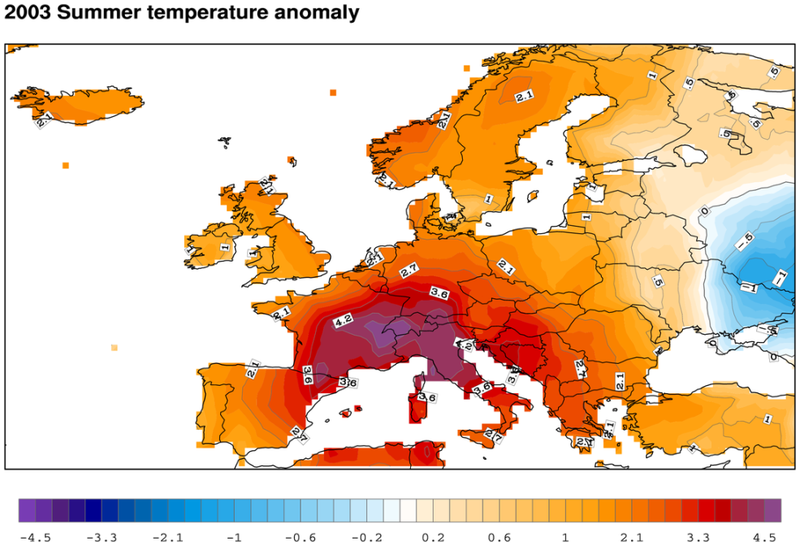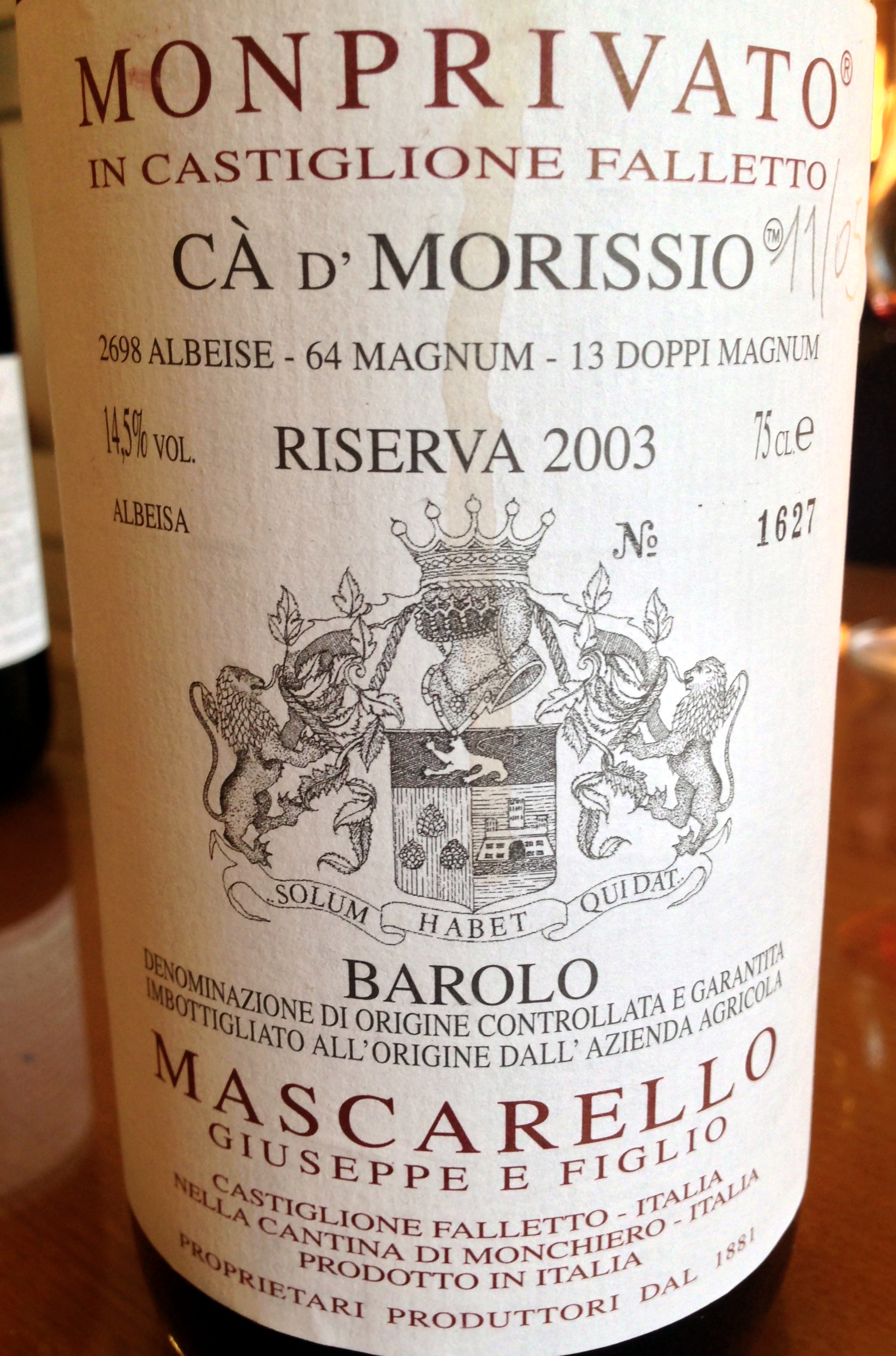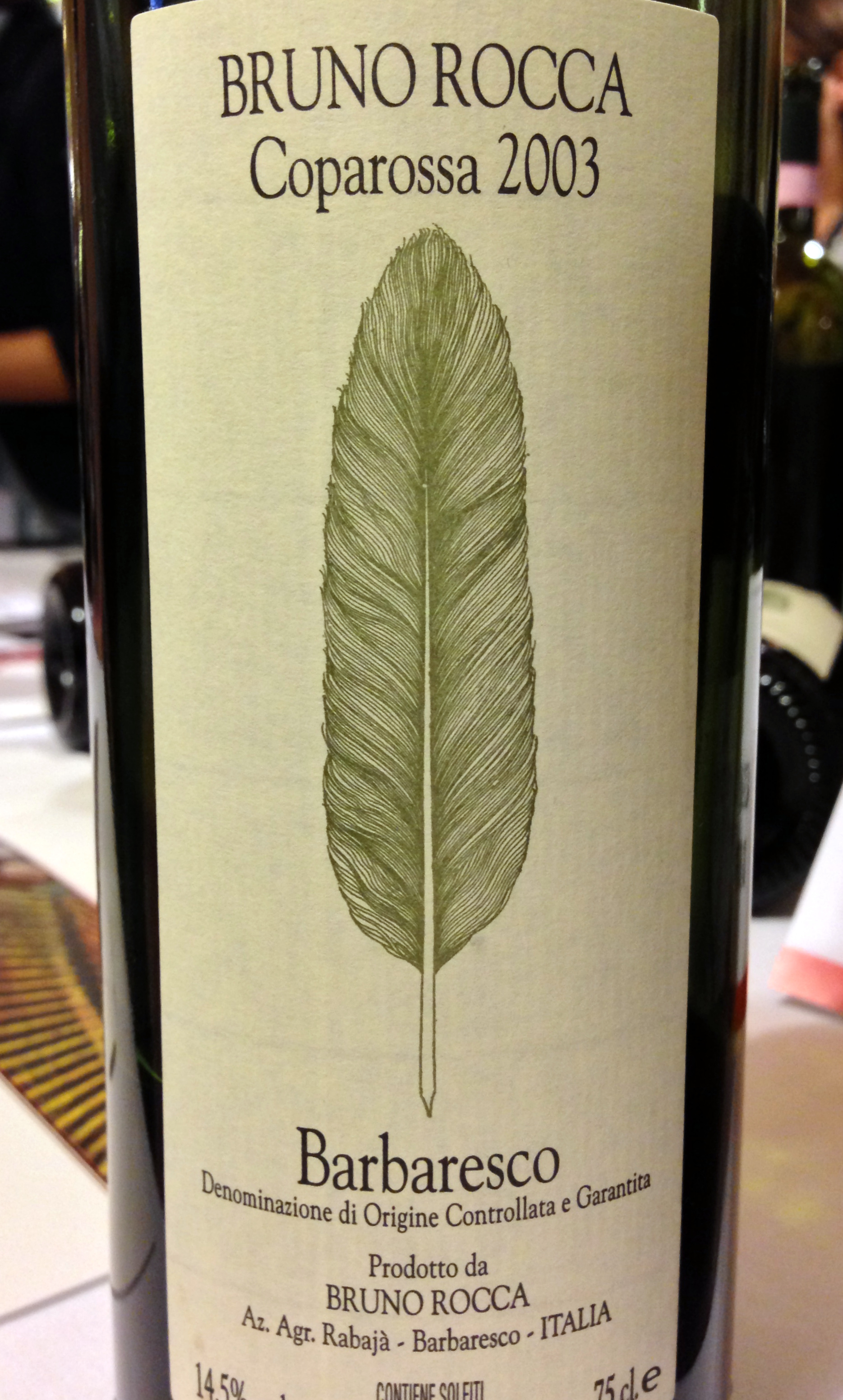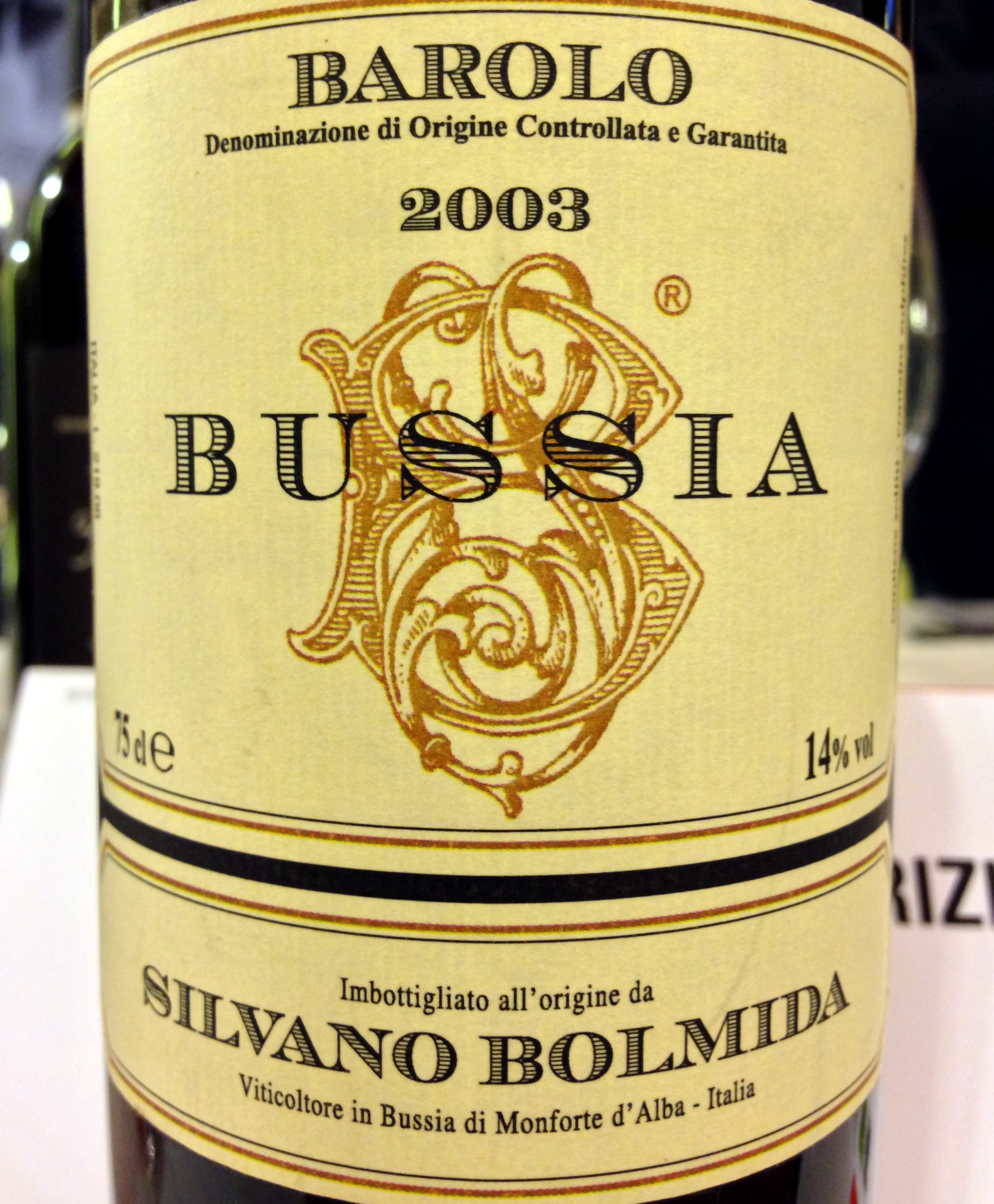Barolo 2003: drink up
Posted on 30 May 2013
One of the joys of Nebbiolo Prima is the 10-year retrospective tasting when you get a chance to taste Barolo and Barbaresco (and Roero) wines that are reasonably mature. Given that many of these past vintages are long-ageing classics, this gives an invaluable perspective on the wines that sincerely, is a bit lacking when they are tasted en masse at release. A Barolo at 4 years, when it is released, is almost always too young; at 10 years, it usually is near peak. (See my past coverage of the 2001 and 2000 vintage).
This year we looked at 2003, a year that is remembered in Europe as the “vintage of the devil”. The scorching summer heat caused many victims in France and Italy. It was at its time the hottest vintage on record in Barolo (though 2007 and 2011 have followed along the same lines) with day temperatures of >30C for no less than four months, starting in late May. However, unlike some other European regions, Barolo actually suffered less from the heat. There were good water reserves after a fairly rainy April and May, and thermic excursion even in the summer months was good, allowing the vines to rest at night. There were also some welcome showers in late August and September. The harvest date testifies to this: Nebbiolo was picked beginning with the third week of September, only a few days earlier than the mid-term average. A problem bigger than hydric stress was yield: up to 40% lower than average.
Barolo and Barbaresco might have escaped the devilish extremes of heat-induced overripeness experienced by some other regions, but on the whole there is denying 2003 is a hot-type vintage here, producing wines rich in body and alcohol, relatively low in acidity, soft and attractive when they were young. At 10 years of age, it is a vintage that performs reasonably well, and depending on your bias (nobody ever declared great love for the vintage) perhaps better than expected. In summary:
– 2003 Barolos and Barbarescos are now mature, very few will continue to improve; if you have any, now is a good time to drink up.
– It is a heterogeneous year; out of the 56 samples I tasted this year, they were no horrible wines but only a dozen that I found really exciting.
– Many 2003s have rather dry tannins, a result of incomplete phenolic maturation where the entire ripening of the grapes was rushed, while Nebbiolo really likes a prolonged season. Now that many 2003s have lost their primary fruit, this problem is aggravated. Overstructured, underfruited actually sums up the vintage well.
– Predictably it is a year that lacks one of the hallmark Nebbiolo characteristics: fresh juicy acidity. Only a handful wines actually taste crisp. Instead, be ready for the rich coffeed, chocolatey, broad expression that is also present in 2000s and 2007s.
– With less acidity, ripe and overripe fruit, and tannins that were difficult to manage, it was also a hard year to make elegant, ethereal Barolos. A few succeeded: Aurelio Settimo’s Rocche, Giuseppe Mascarello’s Ca’ d’Morissio, Marcarini’s blended Barolo, Castello di Verduno’s Monvigliero. The latter comes from one of Barolo’s cooler sites, while all four producers are known for their lithe, finesse-driven style. Another excellent 2003 is Brezza’s Sarmassa, where this producer’s tendency to extract less rather than more proved an excellent strategy against the vintage’s dry tannins.
– But contrary to expectations, there are also some attractive modern-styled wines. You’d expect quick extraction at high temperatures and new oak tannins (two signature techniques of the modern style) to exacerbate the problems of a vintage such as 2003, yet I really liked the 2003s of Enzo Boglietti and Bruno Rocca, two definitely modern-oriented vintners.
– There are also disappointments: estates that are always top of my list of favourites yet whose 2003s didn’t thrill: Ettore Germano, Giacomo Fenocchio, Cavallotto, or Marchesi di Grésy. I guess you can’t have all.
Shortlist of my preferred 2003s:
Giuseppe Mascarello Barolo Ca’ d’Morissio
Fontanabianca Barbaresco Sorí Burdin
Castello di Verduno Barolo Riserva Monvigliero
Le Strette Barolo Bergera Pezzole (see winery profile)
Aurelio Settimo Barolo Rocche
Bruno Rocca Barbaresco Coparossa
Silvano Bolmida Barolo Bussia
F.lli Barale Barolo Castellero
F.lli Barale Barolo Riserva Bussia
Boroli Barolo Villero
Giacomo Brezza Barolo Sarmassa
Castello di Neive Barbaresco Riserva Santo Stefano
Oddero F.lli Barolo Vigna Rionda (see vertical tasting write-up)
Fiorenzo Nada Barbaresco
Disclosure: my trip to Piedmont including flights, accommodation and wine tasting programme was sponsored by the Albeisa association of local wine producers. All 2003s were tasted non-blind at a walkaround tasting apart from G. Mascarello, tasted at the winery.






